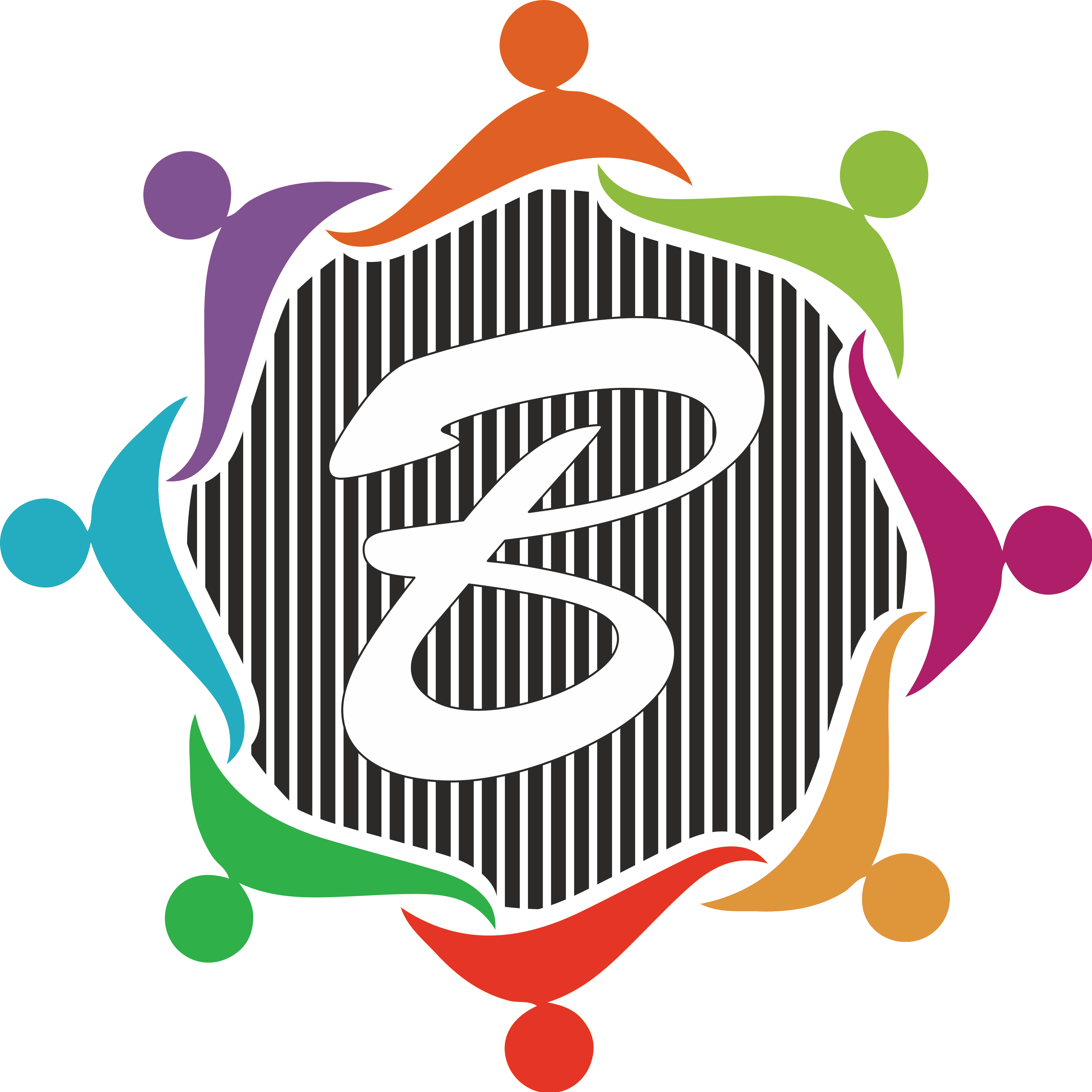Emergencies can strike without warning—whether it’s a burn in the kitchen, a fall on the road, or someone choking at the dining table. In such moments, basic first aid knowledge becomes more than helpful—it becomes life-saving. You don’t need to be a doctor to help; just knowing the basics can make all the difference.
1. Stop Bleeding Safely
🩸 Apply Pressure with a Clean Cloth
If someone is bleeding, press firmly on the wound with a clean cloth. Raise the injured part above the heart level if possible. Never use a tourniquet unless absolutely necessary.
2. Treat Minor Burns
🔥 Cool the Burn Immediately
Run cool (not cold) water over the burn for at least 10 minutes. Do not apply ice, toothpaste, or butter. Cover loosely with a sterile bandage.
3. Know the CPR Basics
❤️ Push Hard and Fast
If someone’s heart has stopped, begin chest compressions immediately. Push hard and fast in the center of the chest (100–120 compressions per minute). If trained, add rescue breaths after every 30 compressions.
4. Choking First Aid
😮 The Heimlich Maneuver Saves Lives
If someone is choking and can’t breathe or talk, stand behind them and perform abdominal thrusts (Heimlich maneuver). For children or pregnant women, adjust your technique.
5. Handle Nosebleeds the Right Way
👃 Lean Forward, Not Backward
Pinch the nostrils and lean forward. Don’t tilt the head backward—it can cause choking or vomiting.
6. Clean and Cover Wounds
🧼 Prevent Infection Early
Clean cuts with clean water. Apply antiseptic and cover with a bandage. Monitor for signs of infection like swelling, redness, or pus.
7. What to Do in Case of a Seizure
⚡ Don’t Hold the Person Down
Move nearby objects to prevent injury. Lay the person on their side once the seizure stops. Do not put anything in their mouth.
8. Recognize the Signs of a Stroke
🧠 Remember: F.A.S.T.
- Face drooping
- Arm weakness
- Speech difficulty
- Time to call emergency services
Conclusion
First aid is not just for paramedics—it’s for everyone. The ability to act quickly and correctly in a crisis can mean the difference between life and death. These tips are simple but powerful tools that every human being should carry with them.
So why wait? Start learning and share this knowledge—it might just save a life.
Our Latest Posts
- Futuristic Tech You’ll Use Daily by 2025 (and After)
- Metaverse, Web 4.0, and AI Will Redefine 2025 and Beyond
- Trends For Entrepreneur Should Prepare For
- Next Gen Tech : What Will Technology Look Like in 2030?
- Tech Forecast: Game-Changing Trends and Predictions
- Tech for Tomorrow: Sustainability and Innovation Beyond 2025







